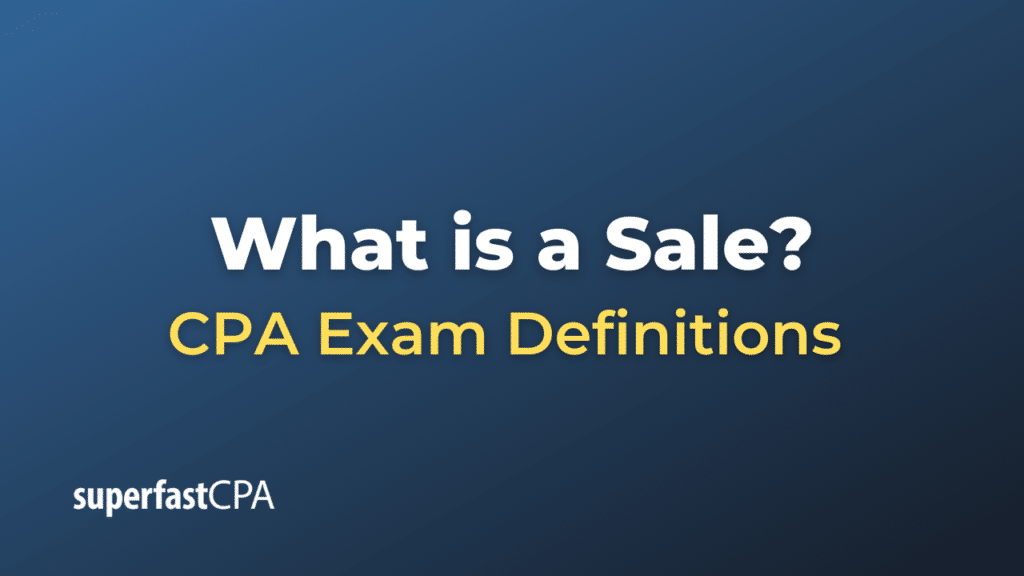Sale
A “sale” refers to the act of selling a product or service in exchange for money or compensation. It’s a transaction where ownership of goods or the right to a service is transferred from one person or entity (the seller) to another (the buyer) for a specified price. Sales form the core of many businesses and are crucial for revenue generation and profitability.
There are different contexts in which a sale can take place:
- Retail Sale: This is a direct transaction to the end consumer. For instance, when you purchase a book from a bookstore or a shirt from a clothing store, that’s a retail sale.
- Wholesale Sale: This involves selling goods in large quantities to be retailed by others. Manufacturers often sell their products to retailers through wholesalers.
- Online Sale: With the advent of e-commerce, many transactions occur online where consumers can purchase goods or services over the internet.
- Services Sale: Instead of tangible products, services like consultancy, repair work, or training can also be sold.
- Real Estate Sale: Involves the selling of properties, such as homes, commercial spaces, or lands.
- Sale of Financial Instruments: This includes the trading of stocks, bonds, or other securities in financial markets.
Key components of a sale usually include:
- Seller: The individual or entity offering the product or service.
- Buyer: The individual or entity purchasing the product or service.
- Product or Service: The actual good or service being exchanged.
- Price: The amount of money the buyer agrees to pay the seller.
- Terms of Sale: These might include delivery dates, warranties, or return policies.
In accounting, a sale results in revenue for the selling party, which gets recorded in their financial statements. For the buyer, the purchased item becomes either an expense (if consumed immediately) or an asset (if it provides future economic benefits).
Example of a Sale
Jane runs a small bookstore named “Jane’s Reading Nook”. One day, a customer, Mark, enters her store looking for a book on gardening.
The Sale Process:
- Product Selection: Mark browses the store and picks out a book titled “Gardening Essentials”.
- Price Inquiry: The price tag on the book reads $25.
- Transaction: Mark decides to buy the book. He approaches the cashier counter where Jane is stationed.
- Payment: Mark pays $25 in cash. Jane registers the transaction in her point-of-sale (POS) system, hands the book to Mark, and gives him a receipt.
- Terms of Sale: The receipt has a note stating that returns are accepted within 30 days with the book in its original condition.
- Accounting: On Jane’s end, the sale is recorded. $25 is added to the day’s sales revenue. Additionally, the inventory is reduced by one book.
In this example:
- Seller: Jane’s Reading Nook (the bookstore)
- Buyer: Mark
- Product: “Gardening Essentials” book
- Price: $25
- Terms of Sale: Returns are accepted within 30 days with the book in its original condition.
The entire process demonstrates a typical retail sale where a customer selects a product, pays for it, and the seller records the transaction and revenue. This kind of sale is the backbone of many retail businesses, driving their daily operations and profitability.












